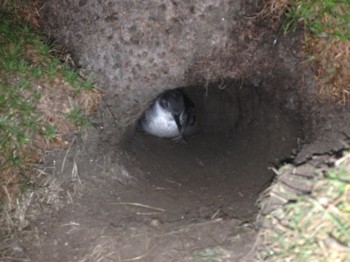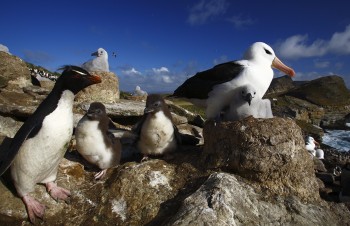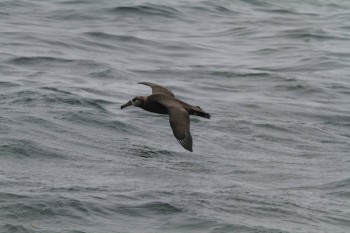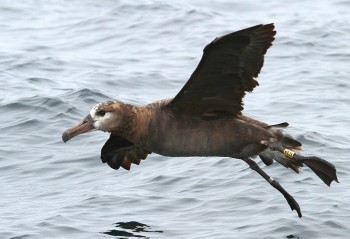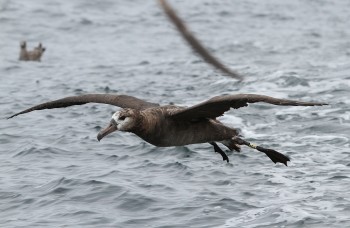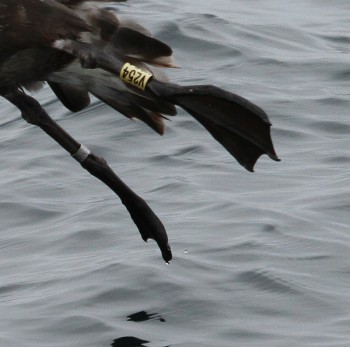Yan Ropert-Coudert (Université de Strasbourg, Institut Pluridisciplinaire Hubert Curien, Strasbourg, France) and colleagues have written the chapter on sub-Antarctic and Antarctic birds and mammals in the Biogeographic Atlas of the Southern Ocean, newly published by the Scientific Committee on Antarctic Research (SCAR).
The chapter consists of a series of maps and accompanying text describing the at-sea distributions based on sightings made from ships in the Southern Ocean of flying seabirds, penguins, seals and cetaceans. Of ACAP-listed species eight taxa (some species pairs are lumped) of albatrosses, both giant petrels Macronectes spp. and White-chinned Procellaria aequinoctialis and Grey P. cinerea Petrels are included.
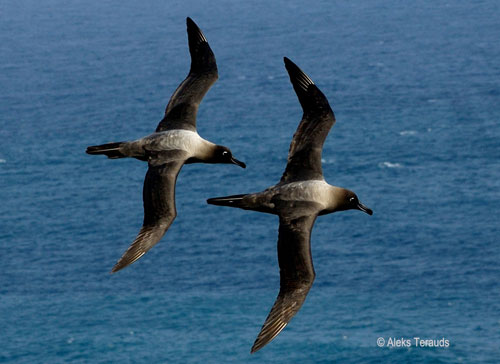
Light-mantled Sooty Albatrosses, photograph by Aleks Terauds
With thanks to Richard Phillips for information.
Reference:
Ropert-Coudert, Y., Hindell, M.A., Phillips R.[A.], Charassin, J.B., Trudelle, L. & Raymond, B. 2014. Chapter 8. Biogeographic patterns of birds and mammals. In: De Broyer, C., Koubbi, P., Griffiths, H.J., Raymond, B., Udekem d’Acoz, C.d.’, Van de Putte, A.P., Danis, B., David, B., Grant, S., Gutt, J., Held, C., Hosie, G., Huettmann, F., Post, A. & Ropert-Coudert, Y. (Eds.). Biogeographic Atlas of the Southern Ocean. Cambridge: Scientific Committee on Antarctic Research. pp. 364-387.
John Cooper, ACAP Information Officer, 28 September 2014

 English
English  Français
Français  Español
Español 
